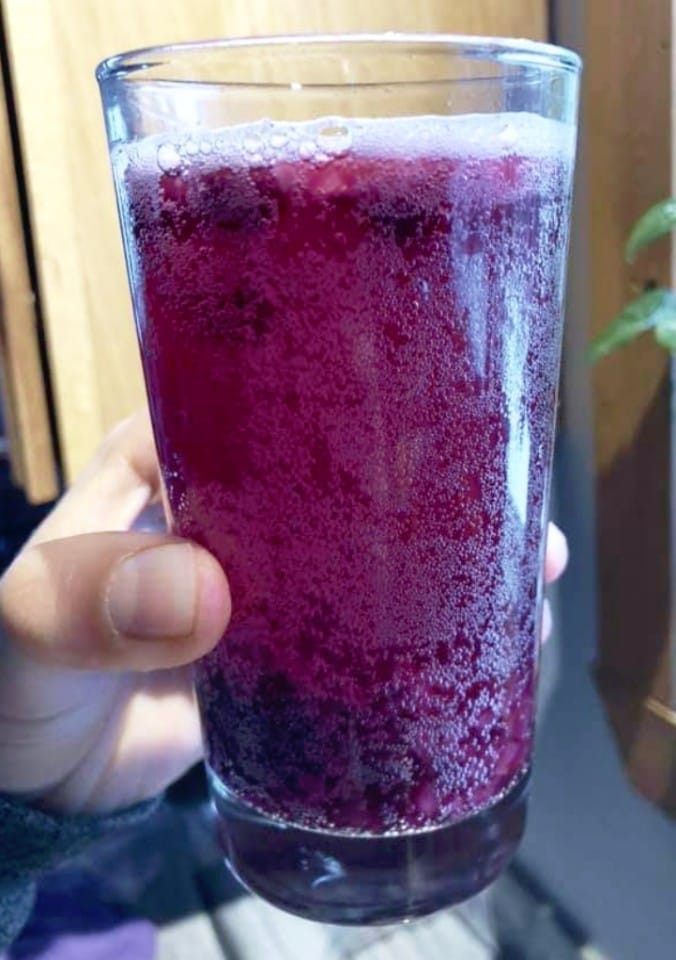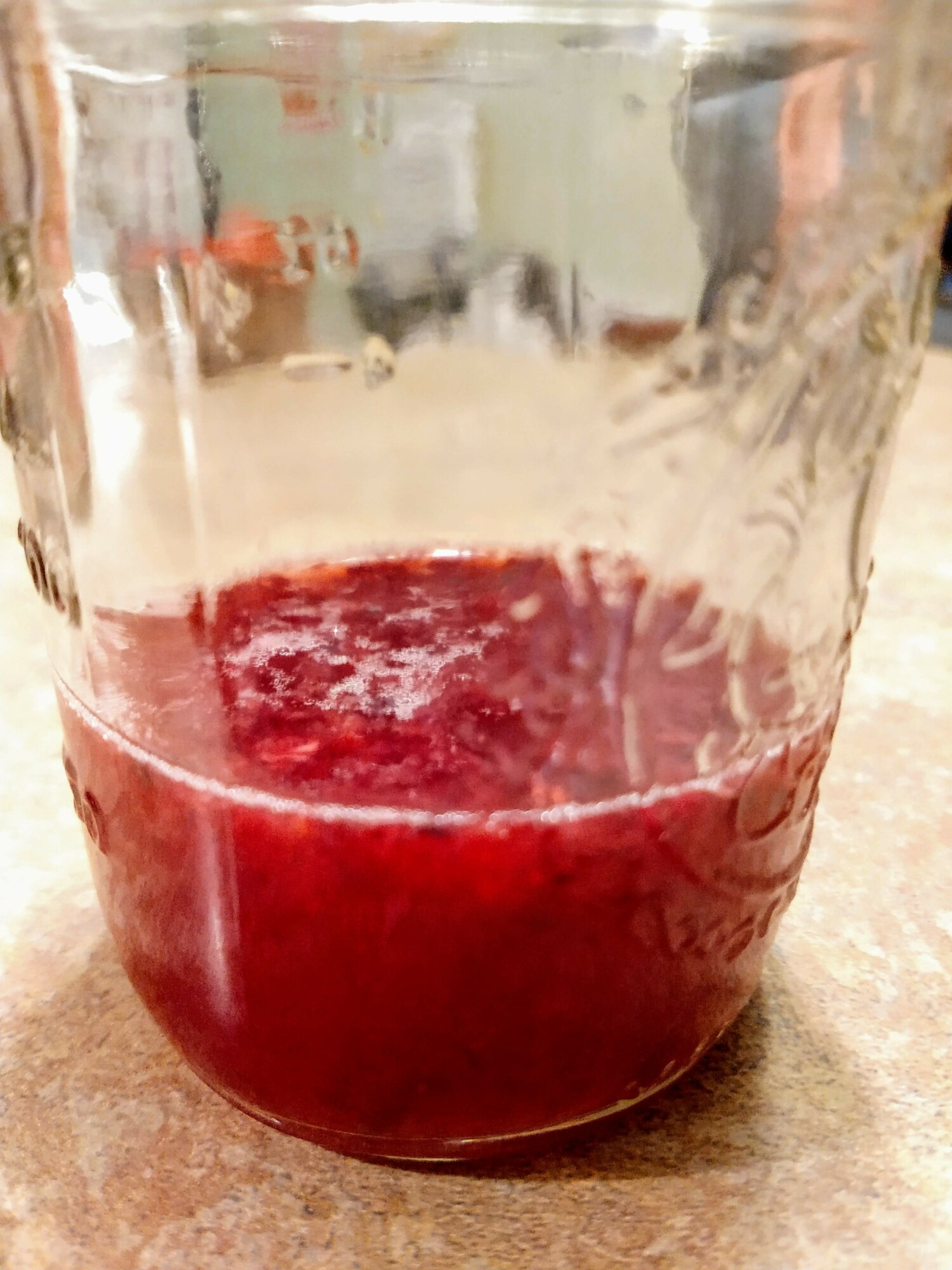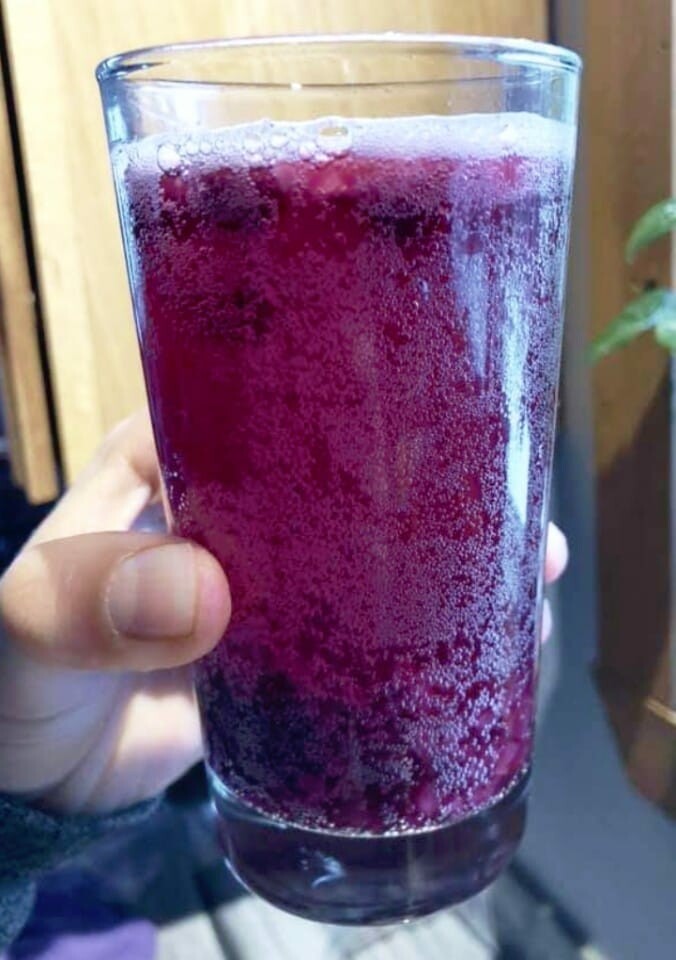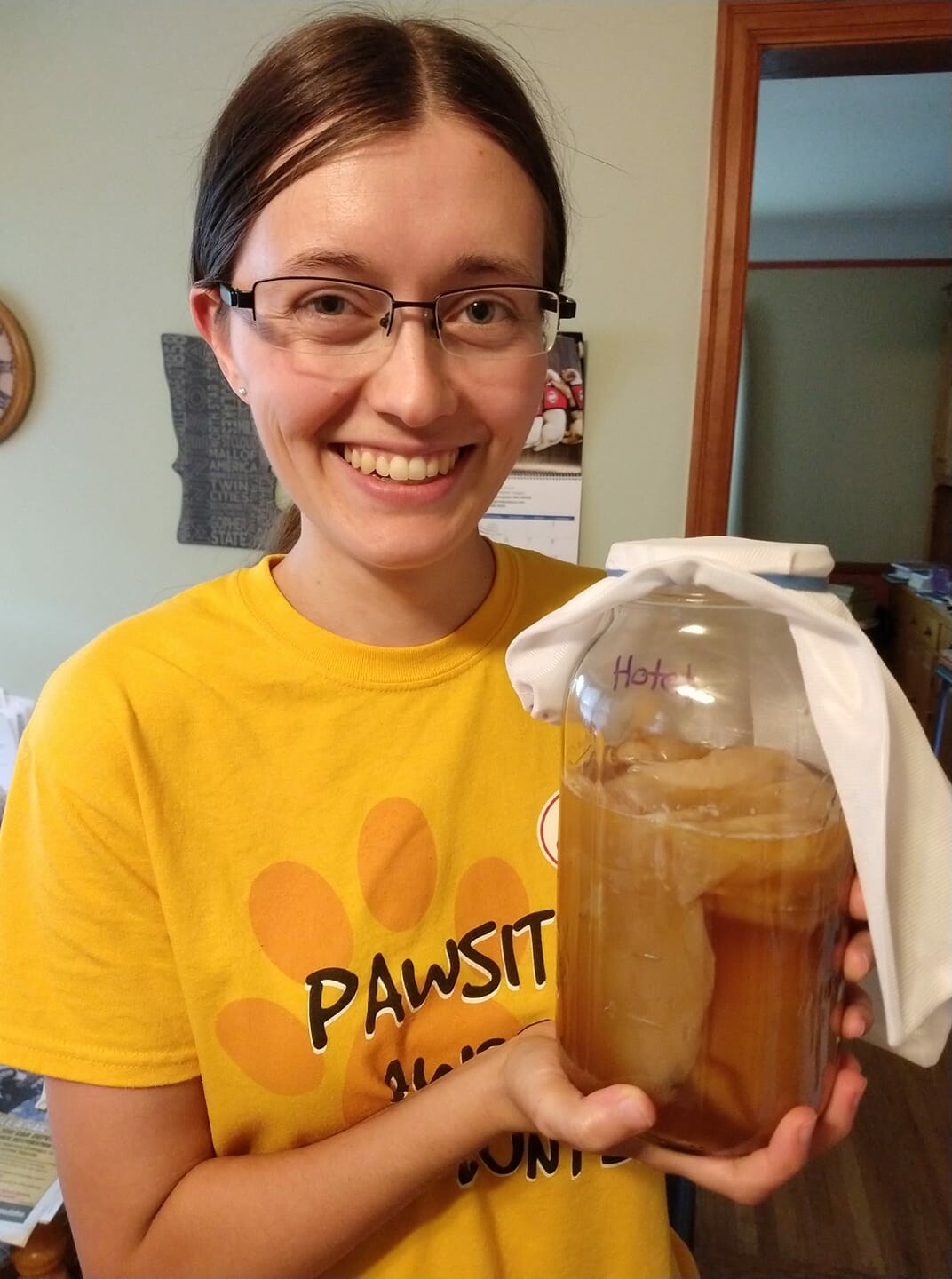
Why Make and Flavor Your Own Kombucha?
- Cost-Effective: Brewing kombucha at home can be significantly cheaper than buying it from stores, especially if you drink it regularly.
- Control Over Ingredients: When you make your own, you have complete control over the quality and type of ingredients used.
- Customization: You can tailor the flavor and sweetness to your exact preferences.
- Experimentation: Making kombucha at home allows you to try unique flavor combinations that may not be available commercially.
- Reduced Packaging Waste: Homebrewing eliminates the need for single-use bottles or cans.
- Fun and Rewarding: The process of brewing and flavoring your own kombucha can be an enjoyable and satisfying hobby.
The Fermentation Process
Choosing Your Kombucha Flavors
1. Fruits
- Berries (strawberries, blueberries, raspberries)
- Citrus (lemon, lime, orange)
- Tropical fruits (mango, pineapple, passion fruit)
- Stone fruits (peach, apricot, cherry)
2. Herbs and Spices
- Mint
- Basil
- Ginger
- Turmeric
- Cinnamon
- Cloves
3. Flowers
- Hibiscus
- Lavender
- Rose petals
- Chamomile
4. Teas and Other Beverages
- Green tea
- Chai tea
- Rooibos tea
- Coffee (for a kombucha-coffee hybrid)
- My favorite antioxidant puree to flavor my kombucha!
Tips for Successful Kombucha Flavoring
- Start Small: When trying a new flavor, start with a small batch to see how it turns out before committing to a larger quantity.
- Sanitize Everything: Cleanliness is crucial in kombucha brewing to prevent contamination.
- Taste as You Go: During the flavoring process, taste your kombucha periodically to see how the flavors are developing.
- Strain Before Drinking: If you've added solid ingredients like fruit chunks or herbs, strain your kombucha before drinking to remove any debris, or blend if you want the thicker added ingredients.

Learning from Local Friends
Why Take the Homebrewing Kombucha Made Easy Course?
Comprehensive Learning
Expert Guidance
Hands-On Experience
Community Support
What You Will Learn in the Course
Ingredients and Equipment
- Water: Learn about the importance of the type & temperature of your water
- Tea: Discover the best types of tea to use
- Sugar: Understand which sugar is preferred and how it feeds the yeast and bacteria during fermentation.
- SCOBY: Learn all about the Symbiotic Culture of Bacteria and Yeast (SCOBY) and its crucial role in fermentation.
- Starter Tea: Understand the importance of your starter and its role in the process.
Fermentation Process
Safety and Troubleshooting
- Cleanliness: Ensure all equipment is thoroughly cleaned to prevent contamination.
- Safety: Avoid exploding bottles (from carbonation!) with some practical tips.
- Temperature Control: Maintain a consistent temperature to promote healthy fermentation.
- Mold Prevention: Learn to identify and prevent mold growth on your SCOBY.
Mastering the Art of Kombucha Brewing

1. Cleansing and detoxing for the body.
2. Immune system support -- gut health leads to immune system health!
3. Improved digestion -- probiotics. :)
4. Increased energy -- happy gut, more energy!
5. Increased metabolism -- happy gut, better processing of food.


I mean, look at that beauty. Yummmmmmmm...











